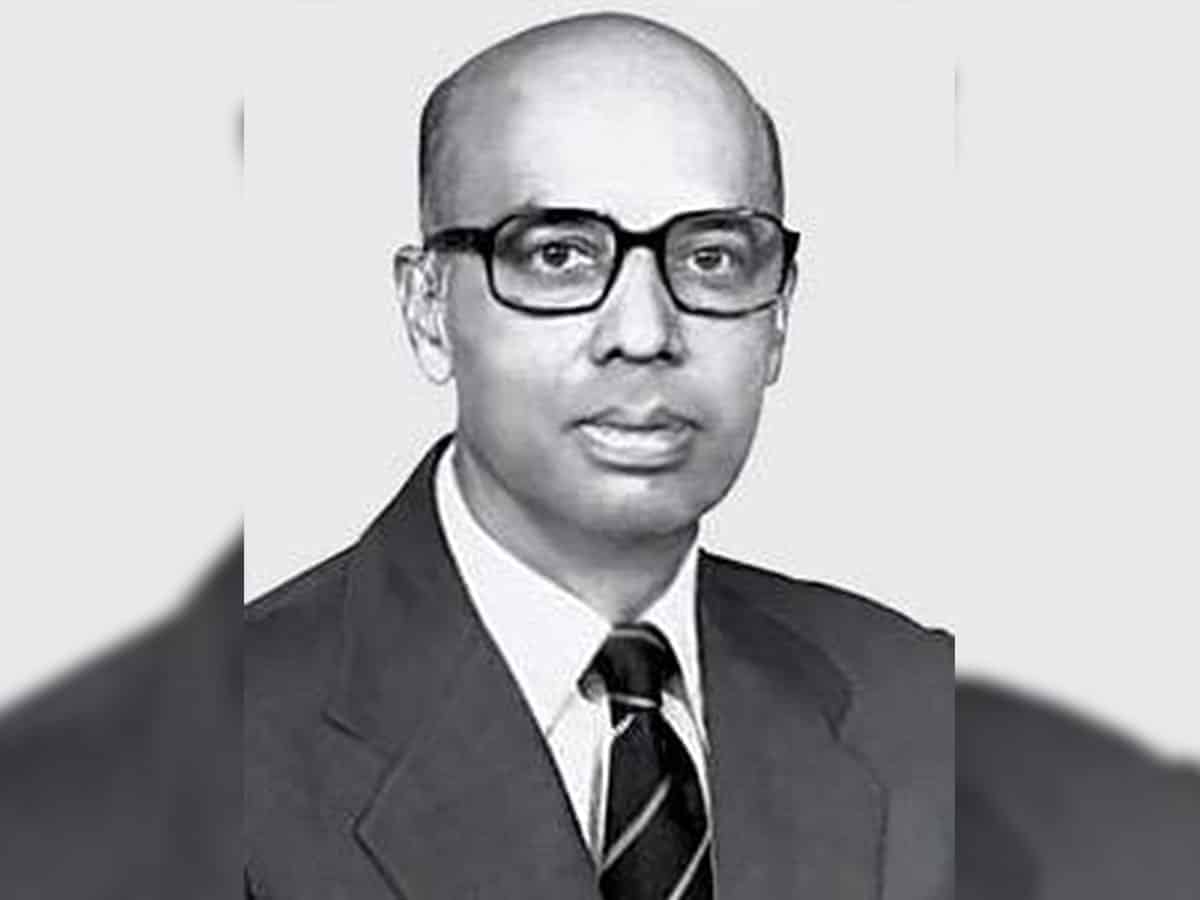Hyderabad: With the concentration of scientific institutions, universities and academic bodies, private R&D companies and technology-based industries, Hyderabad is regarded as a leading science city in India. A multitude of factors led to the making of modern Hyderabad and the journey spans over a century.
“Hyderabad Kaiku?” was the subject of a talk by the New Delhi-based columnist and author Dr Dinesh C. Sharma at the India Science Festival (ISF) being held at Hyderabad Public School.
The very foundation of Hyderabad in 1591 symbolised the power of knowledge and science, Sharma said. “To think of building a magnificent structure like Charminar needed expertise in several fields – design, engineering, material science, chemistry, architecture, mathematics, metallurgy, town planning, mineralogy, water systems and of course, aesthetics, philosophy, religion and so on,” he said.
Elaborating on the modern era, Dr Sharma said a Nobel Prize-winning discovery was made on Hyderabad soil. The Indian Military Hospital where Ronald Ross discovered the science behind malaria transmission is located right in Begumpet. Also located in the same area was the Nizamiah Observatory which participated in the international project to map the sky in the early part of the twentieth century. “Few people know that it was in this observatory that a young boy got introduced to stars and went on to become the father of modern astronomy and astrophysics in India in later years. That was Vainu Bappu,” Sharma said.
When Hyderabad was integrated with the Union of India in 1948, there were just two scientific research institutions – Central Laboratories for Scientific and Industrial Research (CLSIR) which went on to become the Regional Research Laboratory (now Indian Institute of Chemical Technology); and the Hyderabad Science Society, besides Osmania University. These two institutions, according to Dr Sharma, played a pioneering role in developing an ecosystem for research in Hyderabad. It was at RRL that a popular drug molecule, diazepam, was ‘reverse engineered’ in 1972, paving the way for the foundation of the pharma industry, along with the public sector unit, IDPL.
Dr Sharma said the foundation of the Electronics Corporation of India Limited (ECIL) was a watershed moment that seeded software and IT revolutions. “It created a pool of manpower in computer hardware, software, design, and applications. ECIL got software developed at various institutes which then got interested in software development. The Administrative Staff College of India had a large group for software development. People trained in ECIL joined private companies. Wipro’s first set of employees came from the R&D division of ECIL.” Yet another catalyst was the Computer Maintenance Corporation (CMC).
“Hyderabad’s S&T contributions have touched the lives of millions of Indians – affordable medicines, lifesaving vaccines, digital products. Hyderabad was the birthplace of e-governance in the 1980s even before the term was coined. Another invention from Hyderabad that strengthened our democracy is the electronic voting machine,” said Dr Sharma, who has been the Jawaharlal Nehru Fellow. Highly trained manpower, robust institutions and favourable policies at various points in time have all come together to make Hyderabad a science city. The science and technology heritage of the city needs to be celebrated.
Dinesh C. Sharma is New Delhi-based columnist and author who is working on a book on the science and technology history of Hyderabad as the Jawaharlal Nehru Fellow. His book – Indian Innovation, Not Jugaad – published in 2022 tells the story of 100 transformative ideas that changed India since 1947.







